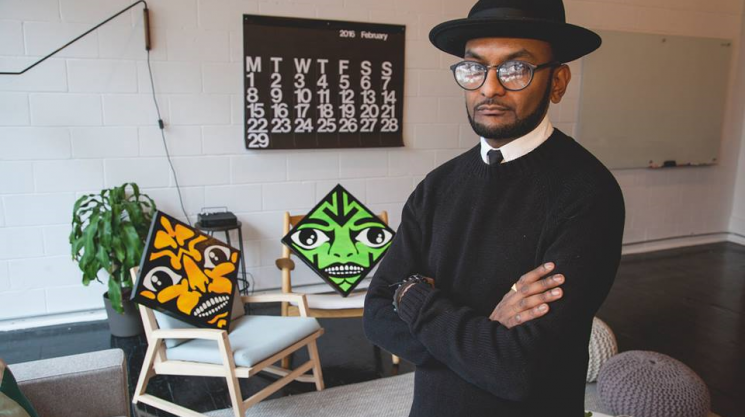
Tue, 05/17/2016 - 06:02 by karyn
Born three years ago, in what was then the PK Sound Building in Victoria (BC), the somewhat unconventional Rockslide Gallery, directed and maintained by resident artists renting a space in the building, began to chiefly exhibit local emerging artists. Two years earlier, Robbie Larivière (of Fall Down Gallery, Ottawa) started doing the same, with one of the most attractive deals for artists in the city: a 70/30 split. Out east in Montreal, the phenomenon was also observed as the public witnessed the birth of multiple alternative art spaces: CROYDS, Fresh Paint Gallery, Galerie Abyss - to name a few.
Historically, the classic gallery model has held precedence, but, with the advent of new models opening the visual arts to a wider audience, is the time-honoured way of operating still relevant? Or rather, what is the value and place of alternative art spaces that fall outside the scope of public institutions - such as the Museum of Contemporary Art or Art Institutes - which are already perceived as alternatives to dominant culture?
According to a survey by the Art Newspaper in April 2015, "nearly one-third of the major solo exhibitions held in US museums between 2007 and 2013 featured artists represented by just five galleries". This raises serious questions about the traditional gallery model. Stemming from such elitism and discontent with current distribution models and cultural models in the visual arts, comes the birth of online self-supported galleries such as CROYDS, ran by director Mevin Runganaikaloo in Montreal. "The days of the Medici are long gone", he asserts. Understanding that people now more than ever need to be converted to the art community and market, he chose to provide novel offerings to the mainstream model. To skirt the widely accepted commercial gallery model, CROYDS brings a small team together and presents a video series storytelling the showcased artists' experiences in the very community they promote. Runganaikaloo explains, "I usually meet artists intuitively at first, to establish a genuine trusting relationship. What binds the artist and the gallery relies all on a concept presented by myself- a video series or any other project." The model, in constant evolution, brings communication to the forefront: between the director and the team, and between CROYDS and the artist. The spotlights last about a month or two, depending on the concept and not all works stay permanently on the gallery's website.
Rockslide Gallery, located in Victoria (BC), fosters the same intention of creating accessible art spaces. The gallery, also self-supported, has an unusual history to go alongside its unconventional structure. "The building housed a number of artists, musicians and various studios. There were two large unused windows on the front of the building, and the resident artists were given permission to build a window gallery to showcase their work to a public audience" explains resident artist Logan Ford. Similar to Fall Down Gallery in Ottawa, Rockslide Gallery only takes a small sales commission compared to most commercial and fine art galleries, once again rejecting conventional gallery practice. While the West Coast based gallery doesn't use CROYDS' online model, its structure nonetheless supports urban regeneration. At Rockslide, the art community can enjoy an artist-run space, in which a window gallery runs year round and where the building's interior is primarily a working art studio that transforms into a functional gallery space a few times a year for larger shows and events.
Considering many’s discontent with current distribution models, questions are to be raised: to what extent do we need to diversify and disperse resources to capture the imagination of a public that has yet to be reached? How do we get rid of, or work around the stigma of elitism - that engine of social and class distinction that forever overcasts white-cube stealth art spaces? Without completely rejecting large public institutions, alternative art spaces provide utmost value to a type of art and market that may otherwise remain unseen in this era of technology, fast-paced lives and ever-changing public taste and interest. Accepting communication as the basis on which culture is both maintained and transformed, and seeing art as a means of unification, alternative spaces (whichever model they use) allow for a type of art and a type of art market to live.
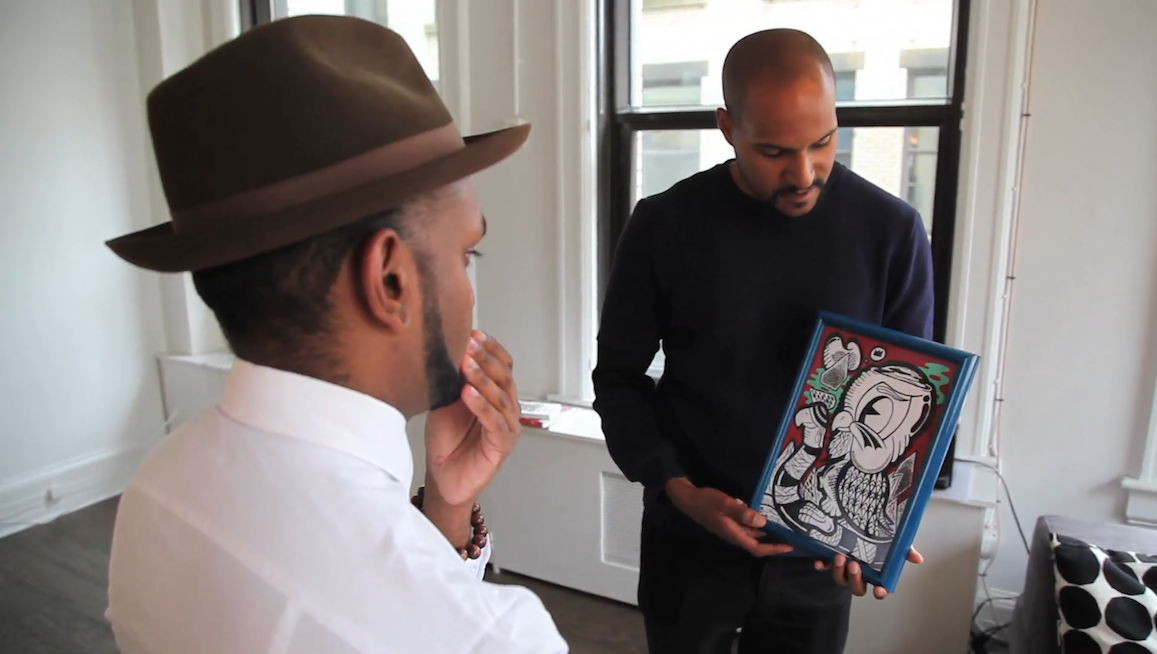
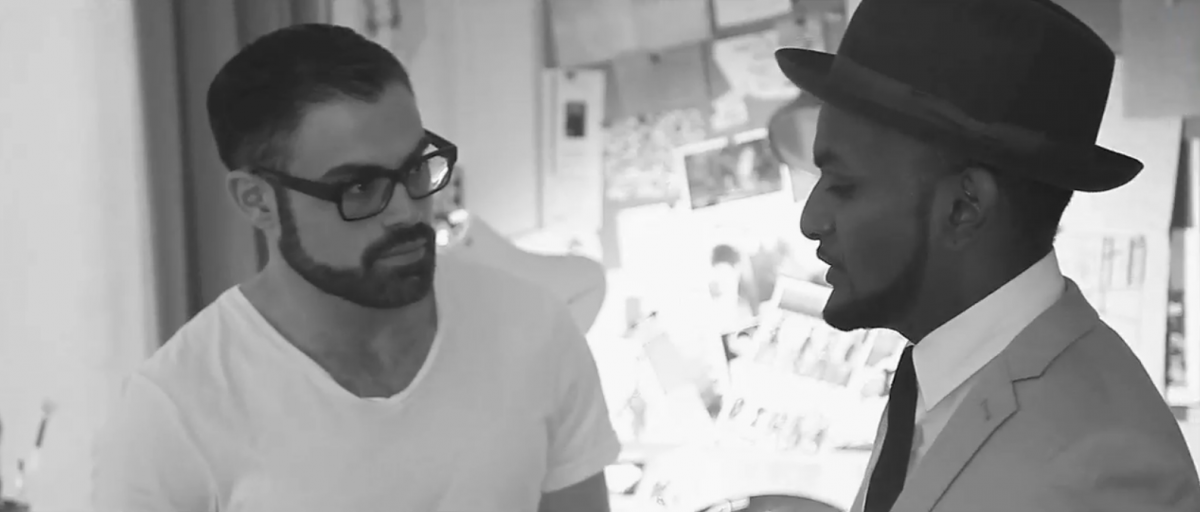
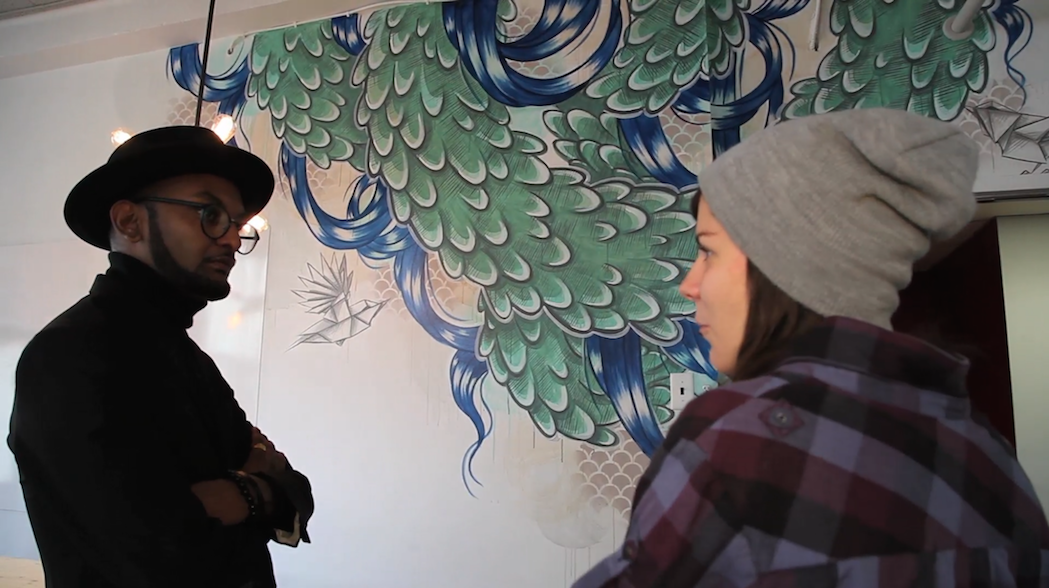
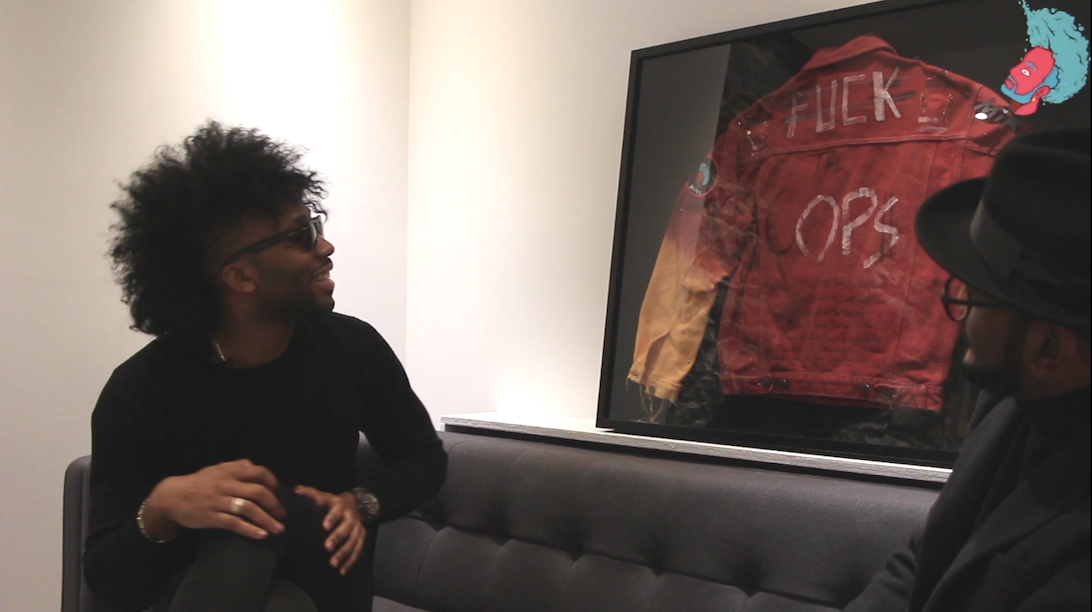





Add comment